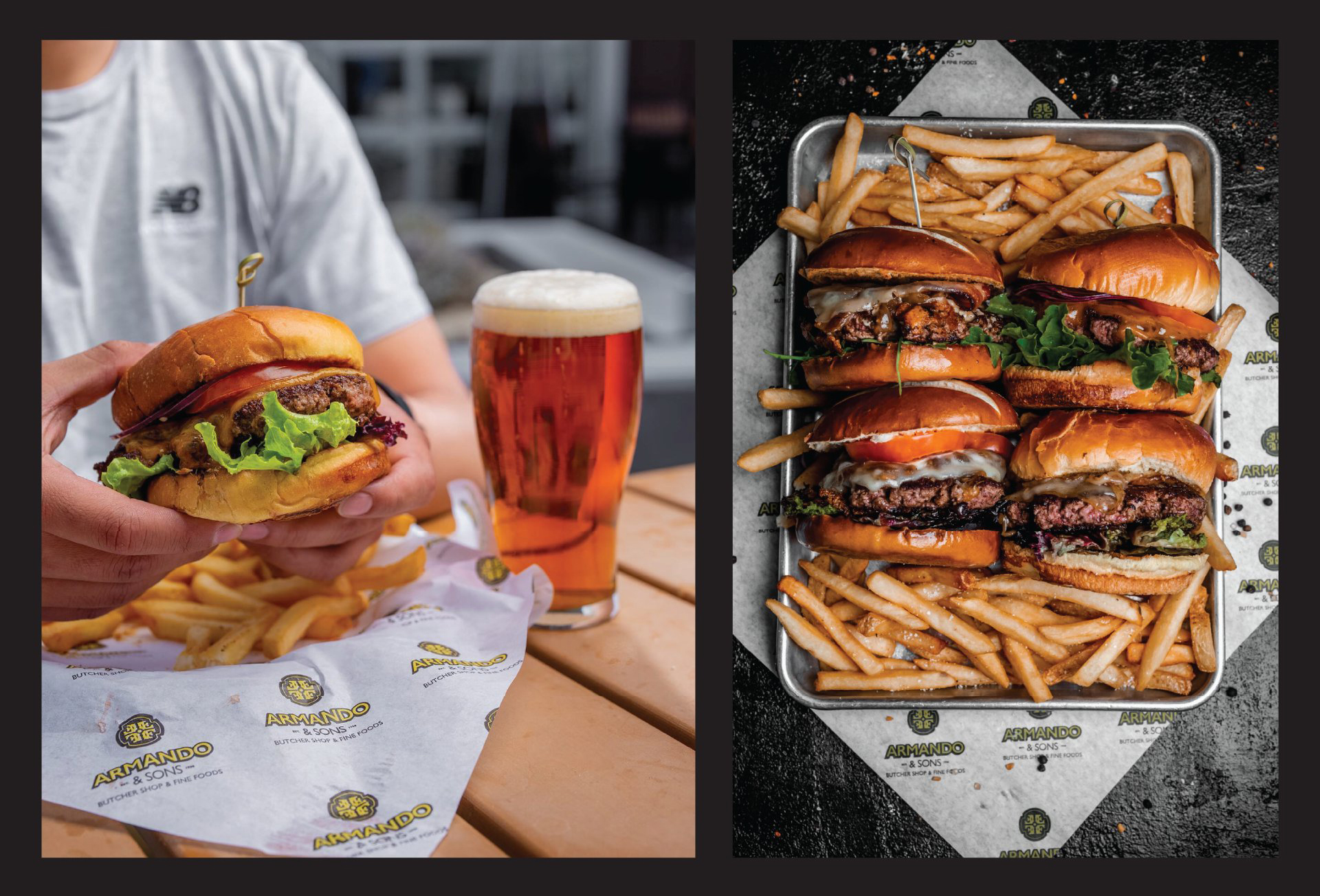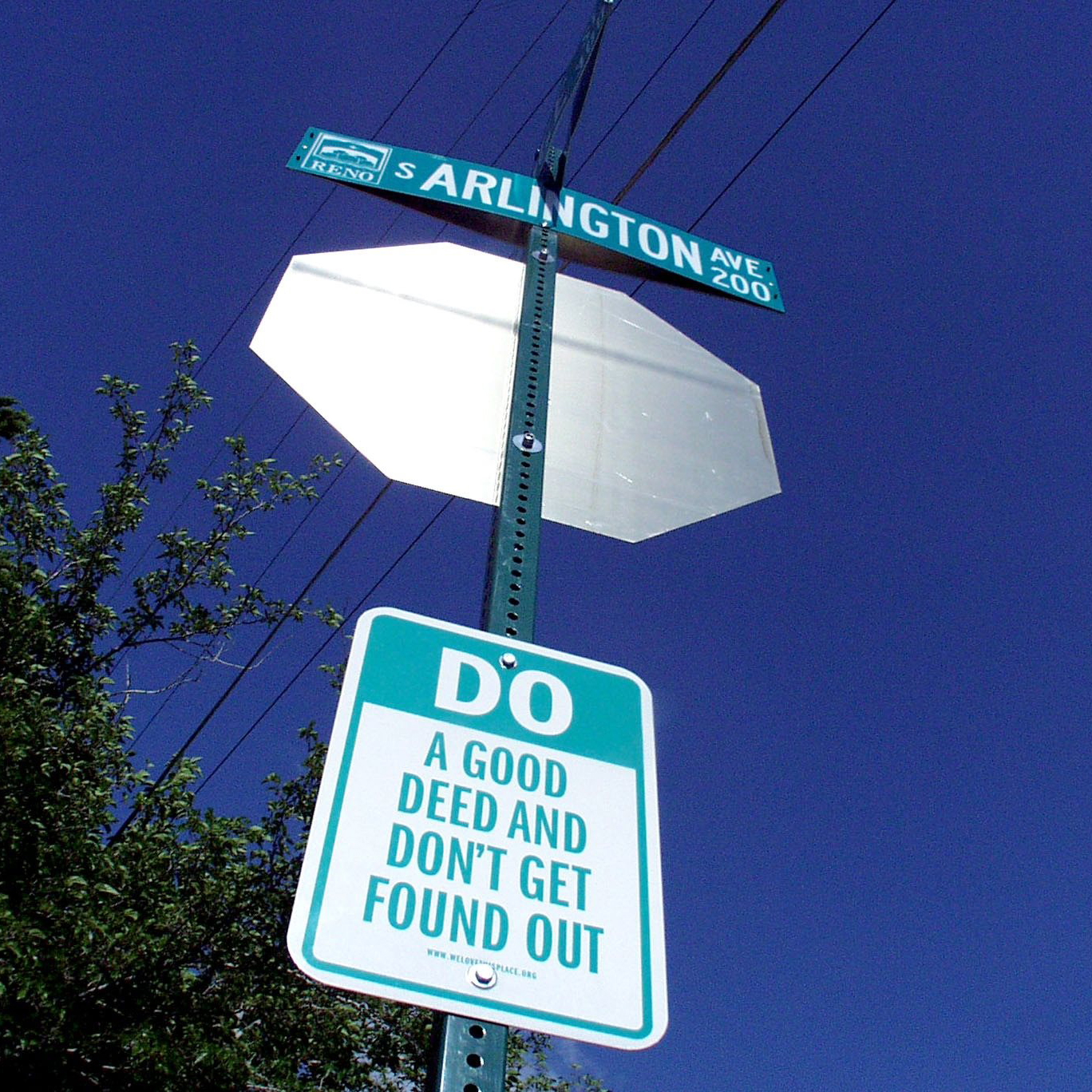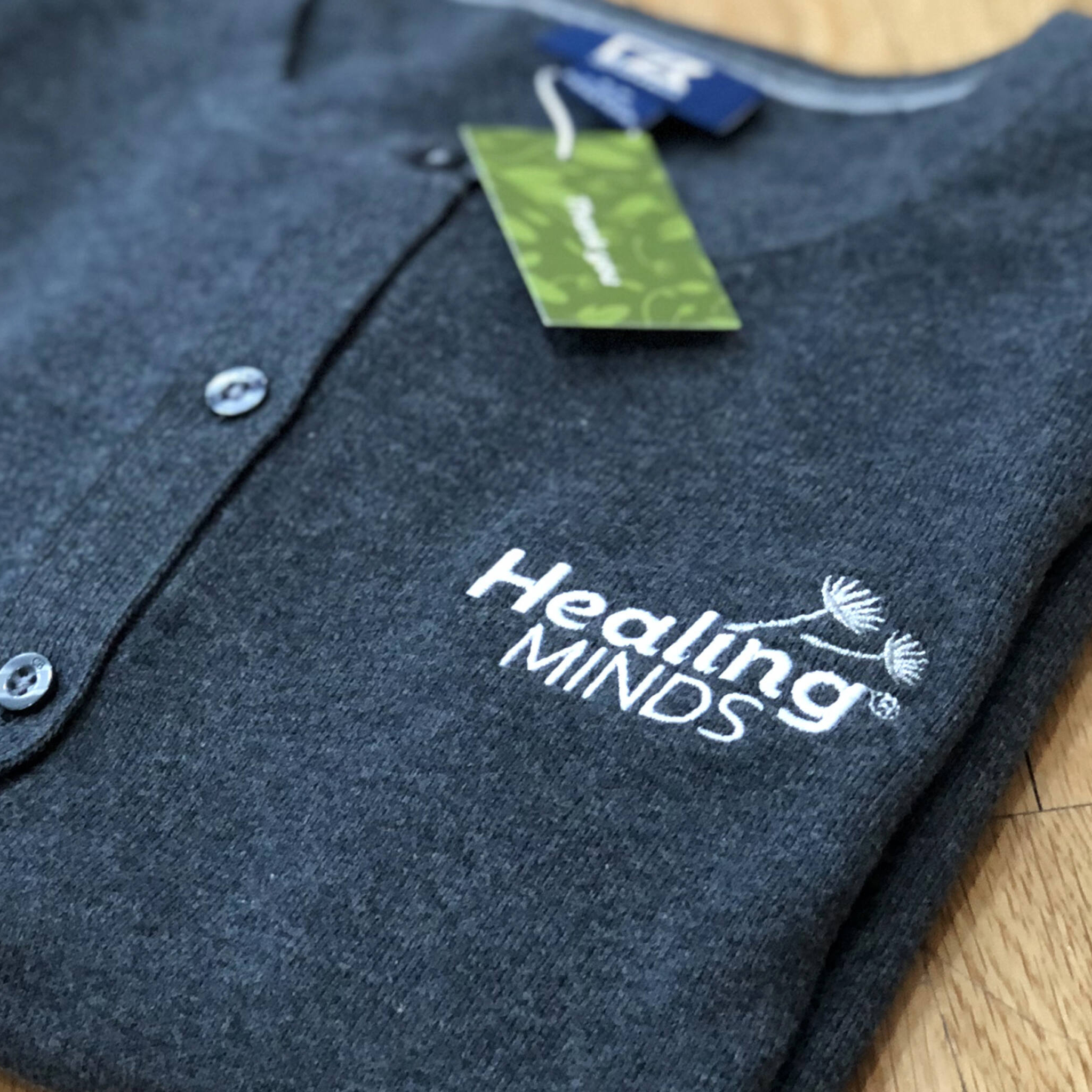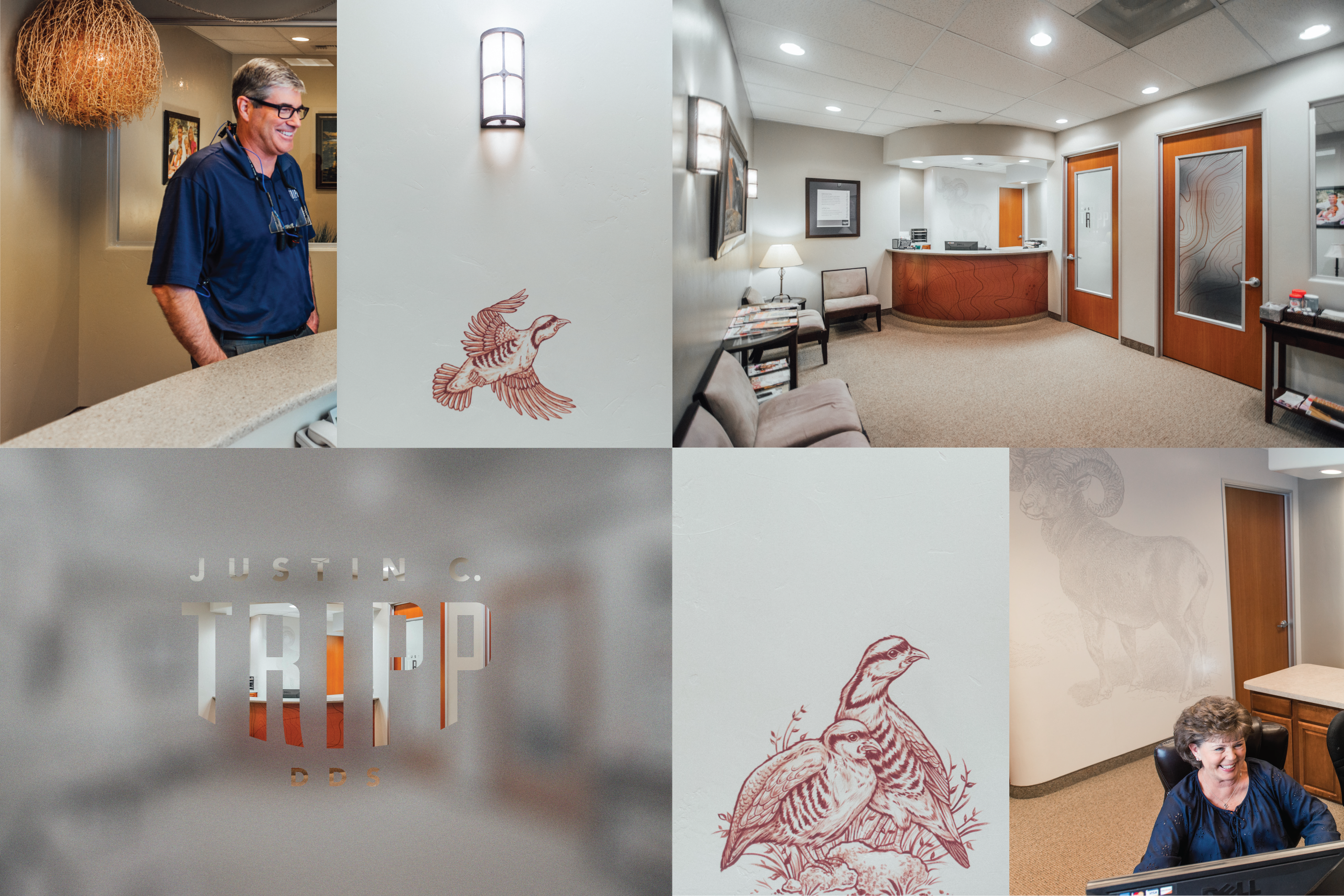Do you remember the last birthday card you got? You can probably remember who sent it, maybe even what the card looked like. Can you say the same for the last birthday text you received? Probably not.
In our current seethe of online advertising, physical branding often gets overlooked. These are the things that evoke one or more of our senses—things that can be experienced rather than mindlessly consumed. They make your brand feel real, concrete, substantial in comparison to solely relying on digital branding.
Tangible brand touchpoints are more than just another way to express a brand. They say everything about your brand and you, doubling to show off your brand’s standards.
Brands that can be felt are the brands that last. Cultivating multisensory experiences leaves long-lived impressions over digital ones. The weight of a paper in your hands, its thickness, its texture…Activating all of our senses creates maximum impact.
And tangible touchpoints can extend beyond business cards and signage. Think customized burger wrappings, an iconic product collaboration, or your first impression upon walking into a swanky hotel lobby.
We know how physical branding makes us feel. But what does the data say?
Ranging from customer engagement to increased brand recall, the benefits of physical branding are numerous, and will make your brand stand out in ways digital advertising could never.

Business cards are more than just contact info, they are a brand experience you can hold and a reminder of your brand.
Memory as a branding tool
Mental association is core to brand building—it influences how customers interact with your brand. Physical branding shapes positive associations between it and your customers, extending beyond mere tangibility.
Physical branding breathes life into branded environments through immersive, multisensory design. Using design to merge a brand’s identity and physical presence into three-dimensional spaces, they ensure that every initial reaction with a space reflects a brand’s values. They also activate spatial memory, influencing brand recall.
Think of Apple’s retail stores. They are sleek, refined, and aim to function seamlessly, much to the liking of their product designs. Apple’s retail spaces feature minimalist designs that carry more than just what appears on the surface, similar to the phone in your pocket.

Burger paper combines the old world service and craft of a gourmet butcher with the carefully crafted inventory of a fine foods grocer.
Fostering emotional connection
81% of customers need to trust a brand in order to even consider buying from it. Building trust starts with physical presence—something customers can see, touch, and experience. It also involves demonstrating the extra mile, thought, and care your brand puts into its craft.
It can be as simple as customized product packaging: cardboard boxes embellished with your brand’s logo or slogan, or tissue paper on the inside of that box that emulates your brand’s visual identity.
52% of online consumers are likely to return to a business for future purchases when products are received in premium packaging, which goes to show how much physical branding shapes customer experiences. Plus, experimenting with color and design is something you can have fun with. You might even decide to throw in some scented tissue paper.

Signs were placed unannounced on traffic poles, allowing for unexpected interactions with design.

Custom embroidery and clothing tags make Healing Minds swag more personal.
Increased brand recall
Physical branding is what makes a brand recognizable. Coca-cola’s red and white color scheme, McDonald’s golden arches, Nike’s swoosh logo…unexpected interactions with design in the real world positively influence brand recall. Consumers are more likely to recall printed ads over digital ones, and people will recall what’s real more than what’s programmed.
Physical branding also makes your brand more identifiable—consumers are 81% more likely to recall a brand’s color than its name. A brand that stands out visually doesn’t just get noticed, it gets remembered.
And this extends beyond printed advertising and signage. While on the larger scale of things, product collaborations influence brand recall substantially, increasing brand awareness and the potential for product discovery.
Remember the Adidas–LEGO collaboration? Adidas sneakers featured real LEGO studs, featuring bold primary colors and interchangeable pieces. The product was instantly recognizable, playful, and creative. This kind of physical design not only caught the eye, but also sparked nostalgia and encouraged interaction, turning a pair of shoes into a conversation piece.

Branding shows up in the physical environment at the Tripp DDS office, thoughtful design details reinforce the brand at every touchpoint within the space.
Branding made to be personal
Physical branding invites people to encounter something real, an impression that lingers even after a screen has gone dark. It transforms your brand’s ideas into an experience, connecting through presence.
More than a visual identity, physical branding is a way to build trust, trigger memory, and create emotional impact. Whether through packaging, physical spaces, or the smaller, everyday details, physical branding leaves a mark.
The examples speak for themselves: when branding is felt, it’s remembered.
MORE STORIES FROM THE BLOG

RODI: Design Investment as a Business Tool
It’s easy to dismiss design as surface-level polish, but in reality, it is a business tool—and

2025 U.S. Capitol Christmas Tree Logo
An initial engagement with a new client always carries a degree of uncertainty. We were introduced

Bringing Branding Back into the Physical World
Do you remember the last birthday card you got? You can probably remember who sent it,
